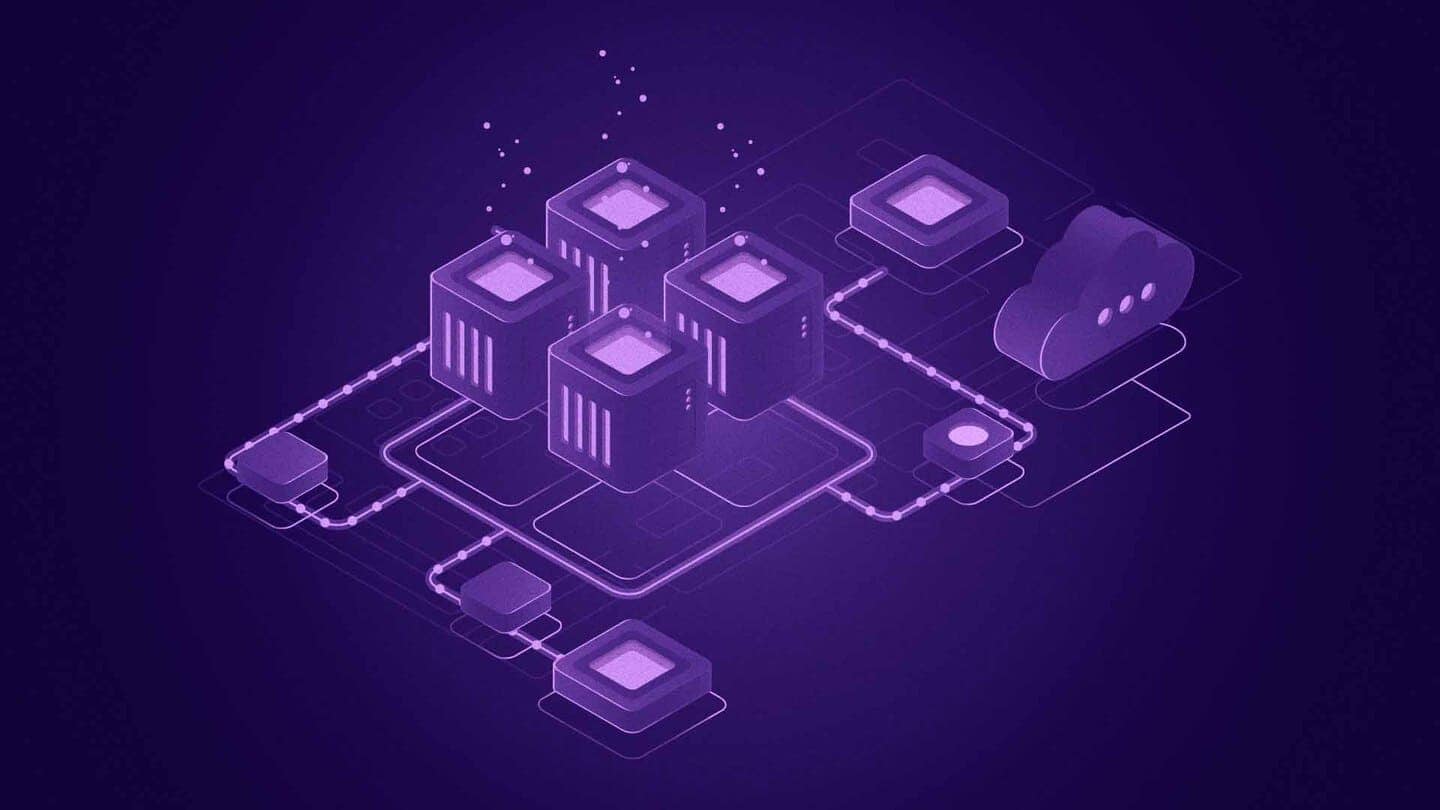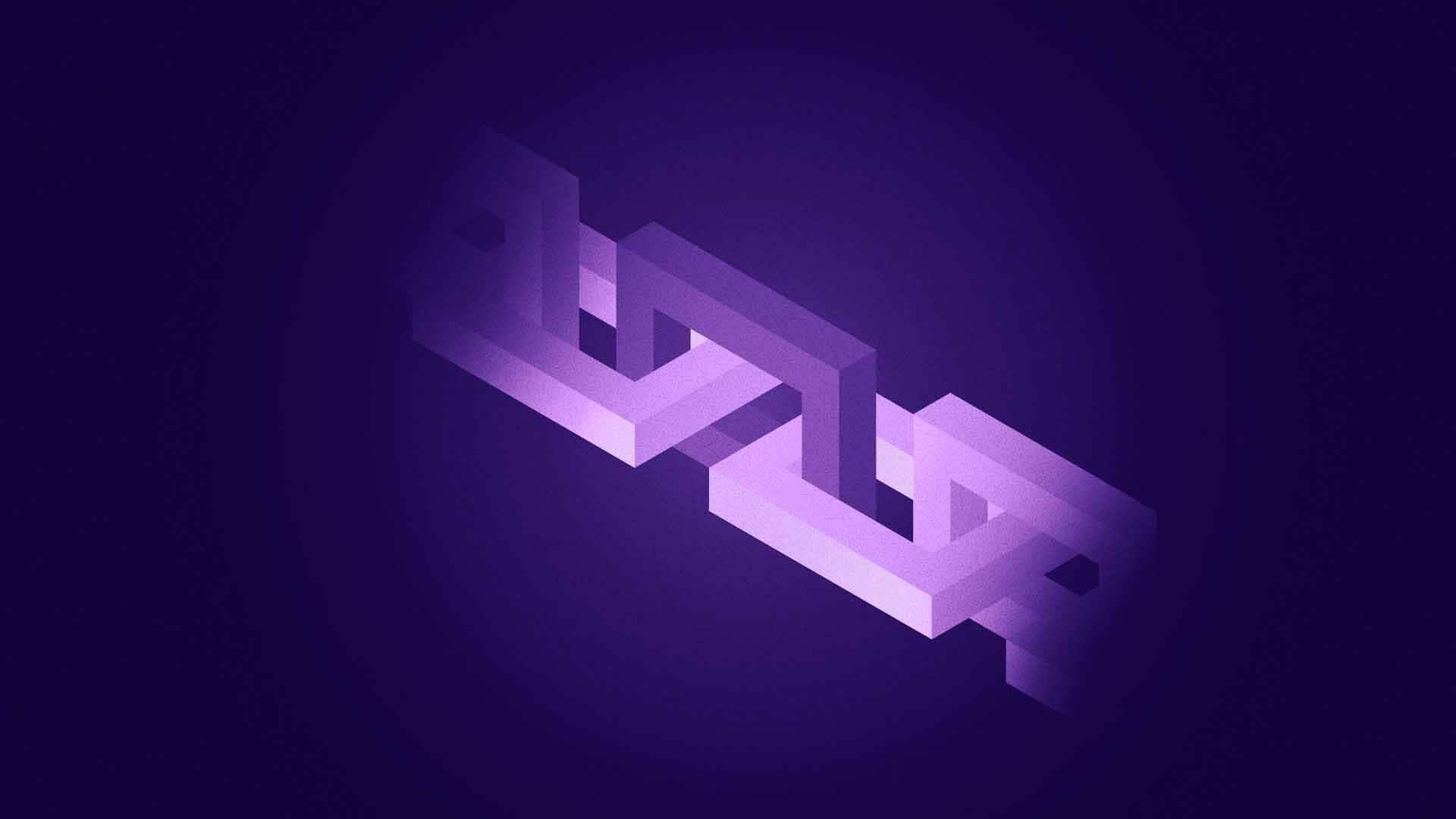Blockchain bridges refers to certain technology or protocol structures set up to allow separate blockchain networks to connect with each other so that transfer of tokens, assets, and data can happen easily. Interoperability is a crucial issue in the decentralized system because blockchains are self-sufficient and usually use different protocols, languages, and transaction models. In the absence of bridges, assets and information would be trapped in their respective networks, hindering their use and the broader adoption of blockchain technology.
This problem is solved by blockchain bridges, which act as intermediaries and facilitate secure and trusted communication between blockchains. They accomplish this via lock-and-mint or burn-and-release protocols: assets on one blockchain are either locked or burned, and then equivalent assets are minted or released on another chain.
How Do Blockchain Bridges Work?
Blockchain bridges enable interoperability between different blockchain networks by allowing the transfer of assets and data across them. This involves processes such as locked tokens, where assets on the source chain are kept as reserves, and minted tokens, where assets on the destination chain are produced.
This procedure ensures balance, as released tokens on one chain set free withheld tokens on another. Through this method, security is maintained on both sides while allowing flexibility. Validation, smart contracts, and other centralized systems provided by one of the connected networks are used to uphold correctness.
Benefits of Blockchain Bridges
Blockchain bridges offer several significant advantages, making them essential for the growth and interoperability of decentralized ecosystems. By connecting isolated blockchain networks, they unlock new possibilities for users, developers, and projects. Here are the key benefits:
1. Greater Liquidity
Blockchain bridges help pool liquidity across multiple networks, addressing the fragmentation of assets that exists in isolated ecosystems. By enabling token transfers, they allow users to access decentralized finance (DeFi) platforms, decentralized exchanges (DEXs), and other services on different chains, creating a more liquid and dynamic market.
2. Wider Utility for Tokens
With blockchain bridges, tokens originally designed for one network can be used on another, expanding their use cases. For example, Bitcoin can be wrapped and used within Ethereum’s DeFi ecosystem, or ERC-20 tokens can be bridged to faster and cheaper networks like Solana or Polygon, enhancing their functionality.
3. Cross-Chain Collaboration
By fostering interoperability, bridges enable seamless interaction between dApps and smart contracts across blockchains. This opens up opportunities for developers to combine the unique features of different networks, resulting in more innovative and efficient decentralized applications.
4. Enhanced User Experience
Users are no longer restricted to the limitations of a single blockchain. Bridges empower them to choose networks that offer the best features, such as lower fees, faster transaction times, or specific functionalities, improving the overall experience.
5. Ecosystem Growth
By connecting networks, blockchain bridges encourage the adoption of newer chains, distributing traffic and reducing congestion on older ones. This contributes to a more scalable and inclusive blockchain ecosystem.
Blockchain bridges are crucial tools for achieving a unified and interoperable blockchain landscape, driving liquidity, utility, and collaboration while enhancing user convenience.
Use Cases and Examples
1. Ethereum and Polygon Bridge:
The Polygon Bridge allows users to transfer Ethereum assets (ETH, ERC-20 tokens and Chiliz bridge) to Polygon for faster and cheaper transactions. dApps like Aave and Uniswap leverage this to offer low-cost DeFi services.
2. Wrapped Bitcoin (WBTC):
Bridges Bitcoin to Ethereum by tokenizing BTC for use in DeFi protocols. WBTC enables Bitcoin holders to lend, borrow, and participate in yield farming within Ethereum’s ecosystem.
3. HyperLiquid Gateway: Links Arbitrum to HyperLiquid’s sovereign chain, bolstering interoperability within their DeFi ecosystem via a trustless design.
4. Rainbow Bridge: Connects Ethereum and Aurora with a decentralized infrastructure, allowing fast and secure NFT transfers.
Potential Challenges and Future Outlook
Challenges
- Technical Complexities:Building blockchain bridges requires sophisticated protocols to ensure seamless interoperability. Issues like ensuring consistent token balances, synchronizing transactions across chains, and managing different consensus mechanisms present significant engineering challenges.
- Security Considerations:
Bridges are attractive targets for hackers because they manage large volumes of locked assets. Vulnerabilities in smart contracts or reliance on centralized custodians can lead to exploits, emphasizing the need for robust security measures.
Future Outlook
Despite these challenges, the future of blockchain bridges is promising, thanks to ongoing innovations:
- Enhanced Decentralization: Decentralized bridge models are becoming more prevalent, reducing single points of failure and improving trust among users.
- Cross-Chain Standards: Projects like Polkadot, Cosmos, and the Inter-Blockchain Communication (IBC) protocol are pioneering standardized solutions for seamless blockchain communication.
- Layer-2 Integration: Bridges connecting layer-2 solutions to major blockchains are growing, enabling faster and more cost-efficient transactions while enhancing scalability.
- Improved Security Protocols: Innovations in multi-signature wallets, zero-knowledge proofs, and decentralized oracles are strengthening bridge security.
The continued development of blockchain bridges is critical for a fully interoperable blockchain ecosystem. By addressing existing challenges through research and collaboration, these systems will unlock new opportunities for decentralized applications and services, paving the way for a more connected and efficient Web3 space.
How Bridges Impact Users and Developer
Impact on Users
- Increased dApps Interoperability: Bridges allow users to transfer assets between multiple blockchains, making it possible for them to use bridges to transfer from Ethereum to Binance Smart Chain for tokens in order to access low fee services.
- Improved Asset Utilization: Users can utilize their assets to the fullest by using them in networks that offer additional services such as lending, staking, or NFT marketplaces.
- Enhanced User Interaction: Users spend less money and enjoy smoother interactions by bridging to networks with lower fees and faster transaction speeds.
Impact on Developers
The use of bridging technology allows Application Developers to design cross-chain applications that integrate functionalities from a multitude of chains.
With the use of Bridges, developers are able to redirect user traffic to networks that are less populated or to layer-2 hosted dApps in order to alleviate the adverse performance impact of a high volume of network traffic.
As developers pair with more ecosystems, they increase the reach of their projects, thereby enhancing their utility and adoption.
Conclusion
The development of bridges has great significance in creating decentralized ecosystems in the future. These protocols enable isolated blockchains to transfer assets, work jointly, and use tokens more efficiently.
Developers have the freedom to design novel applications that are easily adaptable and utilize the best aspects of every chain, while users receive the benefits of diverse networks, reduced transaction fees, and much more enjoyable experiences.
While there are issues like security threats and complicated technical concepts, the emerging advancement of cross-chain standards, decentralization, and security measures tackle these challenges and offer a more blended blockchain network.
Chiliz Chain has the largest mainstream sports partner network in blockchain, and a massive potential mainstream audience. We see it as our responsibility to provide educational materials that relate to the entire sector, increasing security, understanding and adoption of this incredible technology.











